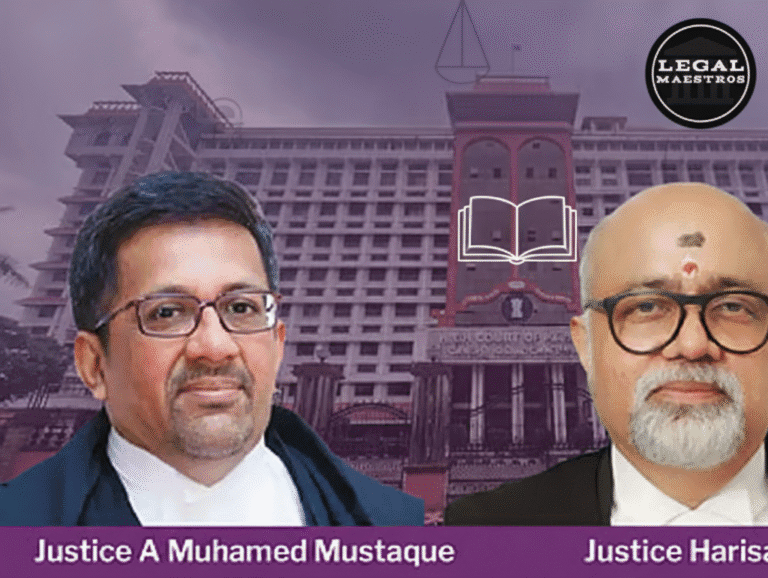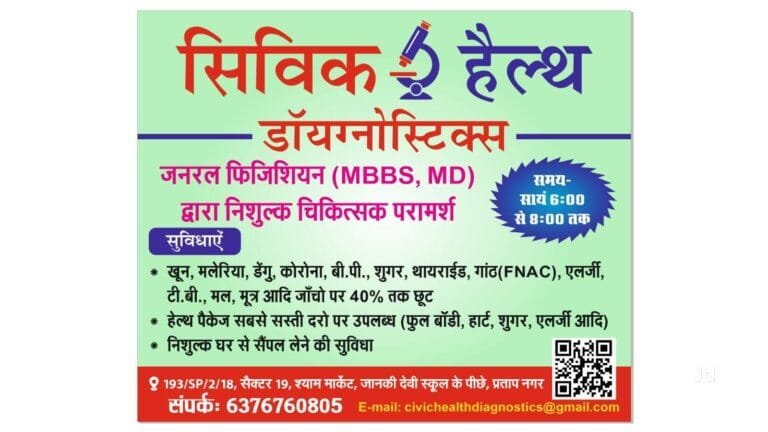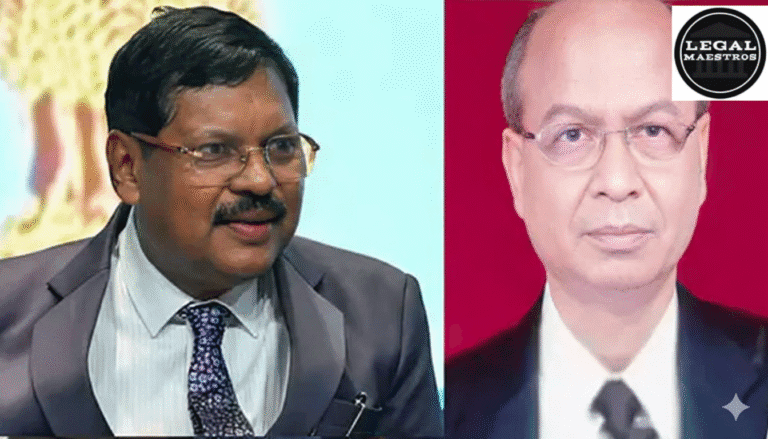
The Legal Framework and Constitutional Guarantees of Press Freedom in India
Press freedom in India is an integral part of its democratic framework, deeply entrenched in the nation’s constitutional and legal structures. This freedom allows the media to operate independently, disseminate information, and hold authorities accountable, thereby fostering an informed citizenry.
**Constitutional Provisions**
The Indian Constitution, under Article 19(1)(a), guarantees the right to freedom of speech and expression to all citizens. While not explicitly talking about “freedom of the press,” the Supreme Court of India has continued to interpret that this right of freedom includes that of the press. In one of the earliest cases, the famous case *Romesh Thappar v. State of Madras*, in 1950, it stressed that “Freedom of the press is among those freedoms that make up freedom of speech and expression, basic to the effective existence of democratic government.
For any queries or to publish an article or post or advertisement on our platform, do call at +91 6377460764 or email us at contact@legalmaestros.com.
However, such freedom is not absolute. Article 19(2) of the Constitution has allowed reasonable restrictions placed by the state on the enjoyment of this right in regard to the sovereignty and integrity of India, the security of the state, friendly relations with foreign states, public order, decency or morality, or in relation to contempt of court, defamation or incitement to an offence. These provisions seek to strike a balance between individual freedoms and societal interests.
**Judicial Interpretations and Landmark Cases**
For any queries or to publish an article or post or advertisement on our platform, do call at +91 6377460764 or email us at contact@legalmaestros.com.
The landmark case of *Indian Express Newspapers v. Union of India* (1985) clarified this belief. In this case, the Court held that the press is very much a part of democratic machinery and that a law or administrative action encroaching on this freedom was to be struck down. It was held that the freedom of the press covered circulation and dissemination of information. ([drishtijudiciary.com](https://www.drishtijudiciary.com/editorial/freedom-of-media-in-india?utm_source=chatgpt.com))
In *Maneka Gandhi v. Union of India* (1978), the Supreme Court expanded the scope of interpretation of personal liberty under Article 21, which it related to the freedom of speech and expression. This case underlined that any procedure restricting personal liberty has to be just, fair, and reasonable, thus impacting the press freedom debate. ([drishtijudiciary.com](https://www.drishtijudiciary.com/editorial/freedom-of-media-in-india?utm_source=chatgpt.com))
**Legal Framework and Statutory Regulations**
For any queries or to publish an article or post or advertisement on our platform, do call at +91 6377460764 or email us at contact@legalmaestros.com.
Besides the constitutional provision, there are several statutes to regulate the role of the press in India. The Press Council of India Act, 1978, enacted the Press Council of India, which is a statutory body constituted to look after and raise the standard of newspapers and news agencies. It acts as a watchdog that enforces norms within the press while protecting its freedom from all extraneous influences.
The Press and Registration of Books Act, 1867, covers the registration of books and newspapers and acts as a guide on how printed content can be governed. Furthermore, the Cable Television Networks (Regulation) Act, 1995, controls electronic media while the Information Technology Act, 2000 deals with cyber related matters of digitized content distribution.
**Gauging India’s Press Freedom**
For any queries or to publish an article or post or advertisement on our platform, do call at +91 6377460764 or email us at contact@legalmaestros.com.
The list of safeguards in no way has ensured press freedom in India because the freedom encounters a host of challenges. Concerns have also arisen in this direction from instances of censorship, threats to journalists, and use of other repressive laws like sedition and defamation that seek to suppress dissent. On the other hand, in *Kedar Nath Singh v. State of Bihar* (1962), the Supreme Court held the sedition law constitutional but added that only speech or actions which have an incitement to violence or the tendency to create public disorder would come under the definition of sedition. However, the application of this law has often been contentious. ([jusscriptumlaw.com](https://www.jusscriptumlaw.com/post/a-study-on-freedom-of-press-in-india-with-reference-to-article-19?utm_source=chatgpt.com))
In recent times, debates have emerged around the regulation of digital media. The proposed Broadcasting Services (Regulation) Bill, 2024, aimed to extend government control over online speech, leading to significant criticism regarding potential overreach and suppression of free expression. Public backlash eventually led to the withdrawal of the bill, highlighting the ongoing tension between regulation and freedom. ([ft.com](https://www.ft.com/content/cb8590f8-7314-4d6d-ab1b-d9de9b29b771?utm_source=chatgpt.com))
**Conclusion**
For any queries or to publish an article or post or advertisement on our platform, do call at +91 6377460764 or email us at contact@legalmaestros.com.
The legal structure and constitutional protection of press freedom in India aim to maintain the democratic ethos of the country. Although the Constitution, through judicial interpretations, extends robust protection to the press, the imposition of reasonable restrictions would require a subtle balance between the rights of the individual and collective interests. It is here that the judiciary acts as a watchful guardian over press freedom so that any invasion is subjected to scrutiny and justified. However, evolving challenges, especially in the digital age, require continuous vigilance and adaptation of laws to ensure that press freedom remains intact while addressing legitimate concerns of regulation and accountability.






